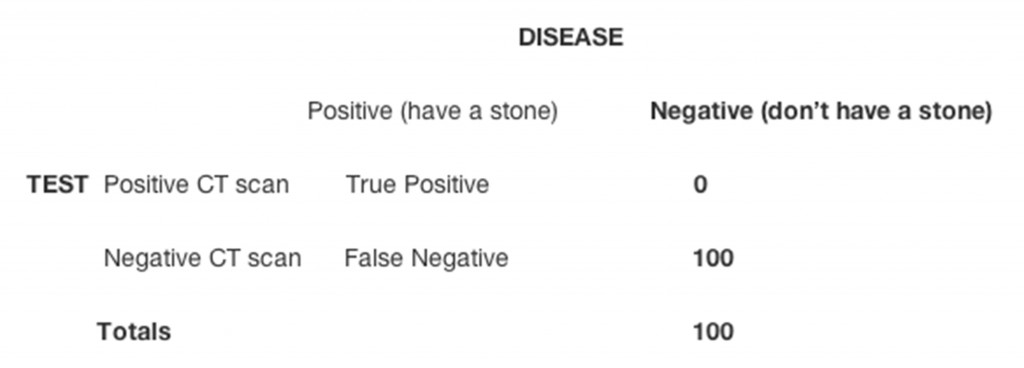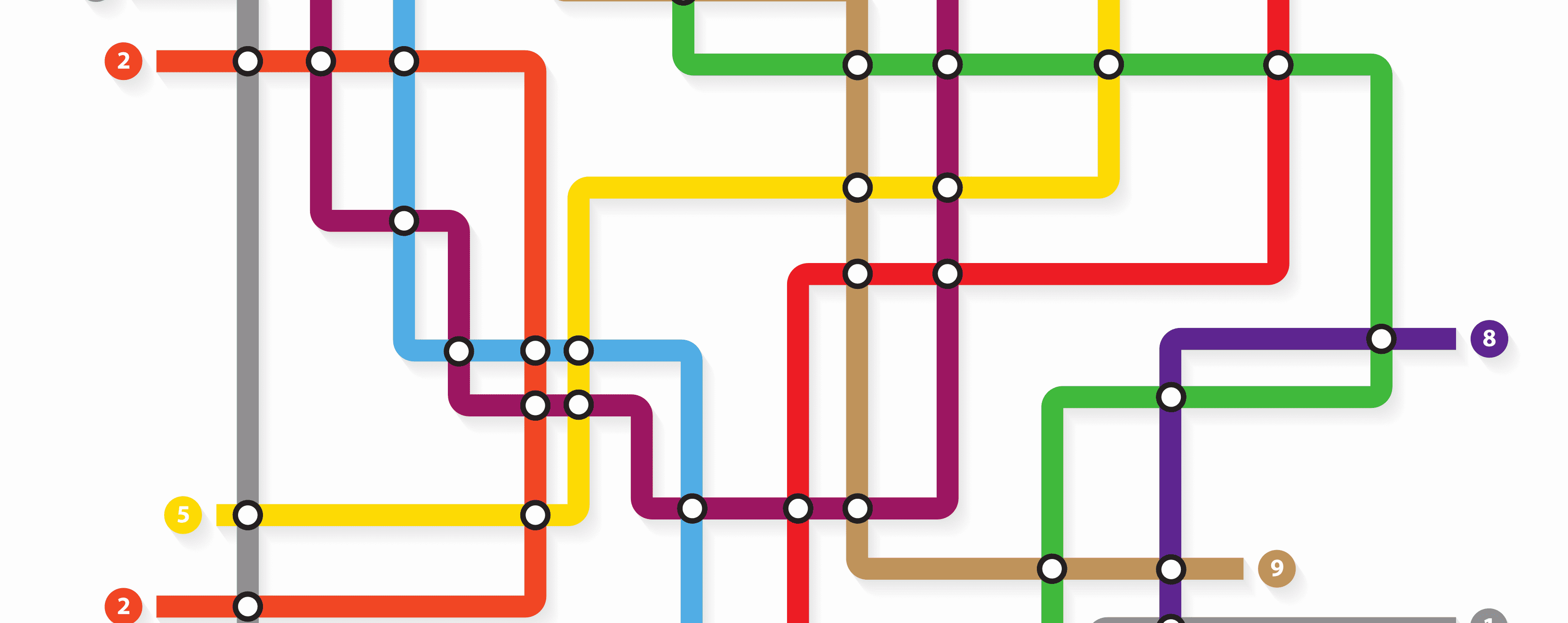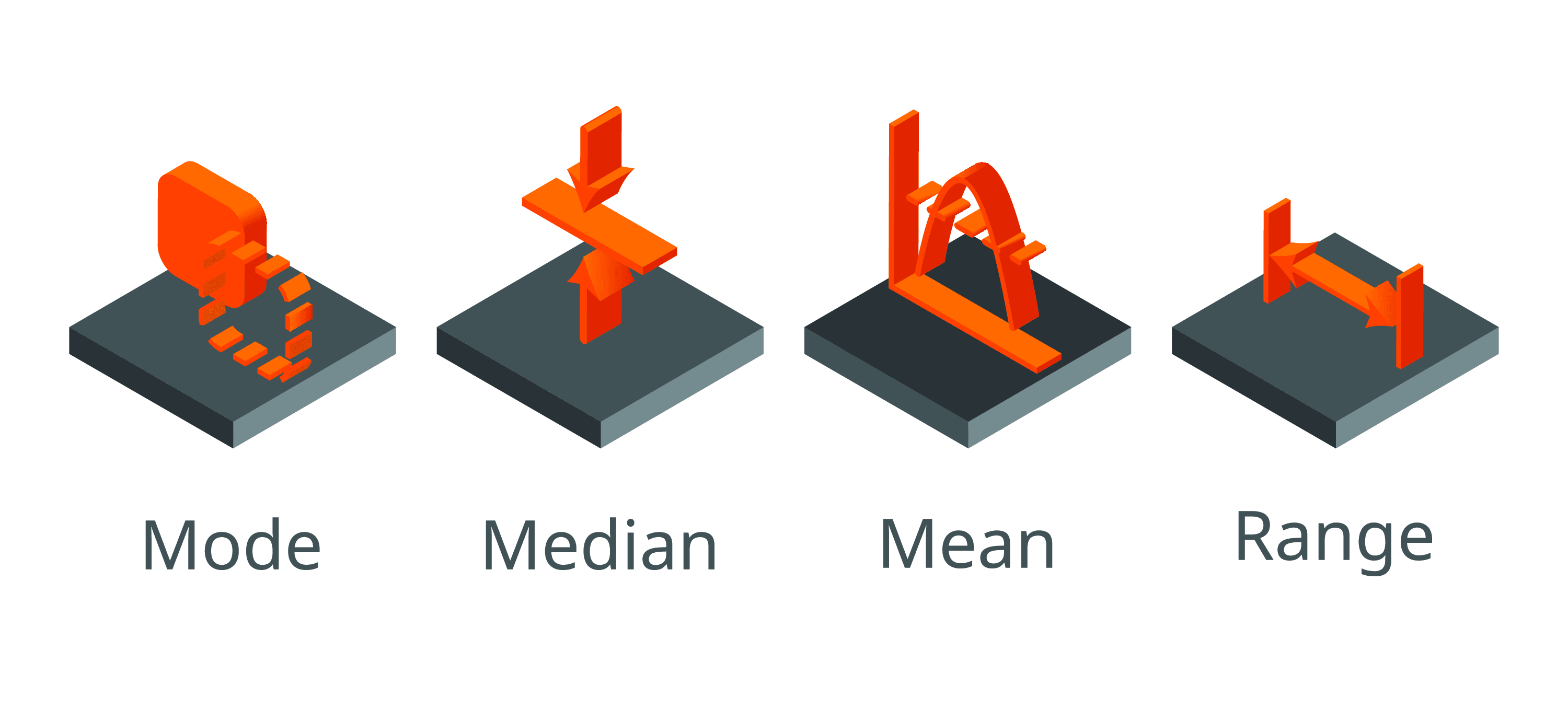A specific badge of honor: specificity in pre-test probabilities
Posted on 30th April 2014 by Abdelrahman Yousry

A new crime
It’s a new crime scene, and our officer is on the call the again. Past the yellow “caution” tape, with his aviator shades on, he stands at the foot of the crime. He proudly displays his badges of “sensitivity” and “specificity.”
In the previous posts, we’ve discussed the background on sensitivity and its clinical importance. This time, we turn to the badge of specificity.
Reminders
 To recall, the statistics of sensitivity and specificity, are both “pre-test” probabilities, and just like the badge on an officer’s uniform, they adhere to the test (our officer) itself and are unique to that test only. Their job is to help determine what is true and what is false, even before the test is put to use. For a recap, revisit the badge of sensitivity.
To recall, the statistics of sensitivity and specificity, are both “pre-test” probabilities, and just like the badge on an officer’s uniform, they adhere to the test (our officer) itself and are unique to that test only. Their job is to help determine what is true and what is false, even before the test is put to use. For a recap, revisit the badge of sensitivity.
A painful atrocity has been committed
What’s the crime this time? How about a case of a bad kidney stone. And who is our go to crime buster? Non-contrast Computerized Tomography (CT) scan. This is one example where imaging can really illustrate the clinical picture exquisitely. In fact, a non-contrast CT for use in diagnosing a kidney stone, nears perfect at 100% specificity.
Breakdown the numbers
Recall the chart you’ve seen before:

Specificity, pertains to the right hand column, those who have “perfect” health (i.e. no disease). It is the statistical measure that tells us the number of people who have no disease and test negative for that disease, compared to all of the people who are negative for a disease. So, when specificity is high, this means that the test is excellent at correctly “ignoring” those who do not have disease and labelling them as such – negative.
Specificity = True Negative / [True Negative + False Positive]
If the non-contrast CT scan has 100% specificity, the chart would look like this:

That’s as perfect as it gets. The non-contrast CT is that good at differentiating “stone” from “no-stone,” that those who received a CT scan report as “negative for stone,” in reality did not actually have a stone.
The calculated specificity: (100/100) x 100 = 100%
Remember, however, that this is all before we’ve used the test at a hospital on “real patients”. It means that whether you are using the non-contrast CT scan for kidney stone diagnosis in Mumbai or Tokyo, it’s ability to correctly identify those without a stone is expected to be 100%, in either of those locations.
So how does this help us clinically? We SPIN it in.
Specificity allows us to rule IN disease. SPecificity = rule IN.
If, like the non-contrast CT scan for kidney stones, our test has near 100% specificity, it means that no false positives exist. That is, the CT scan will not incorrectly tell us that someone is “free of stone” when they actually do have one. If this is the case, when the CT scan eventually flags a patient as “having a stone,” the CT scan must be telling the truth. So we believe the test, and rule IN a kidney stone in that patient, with certainty.
And that’s pre-test policing…
For more on post-test probabilities stay tuned.
Need more clarification on when to SPIN and SNOUT, with some precautions in mind? Try this great resource: http://www.bmj.com/content/329/7459/209?etoc




No Comments on A specific badge of honor: specificity in pre-test probabilities